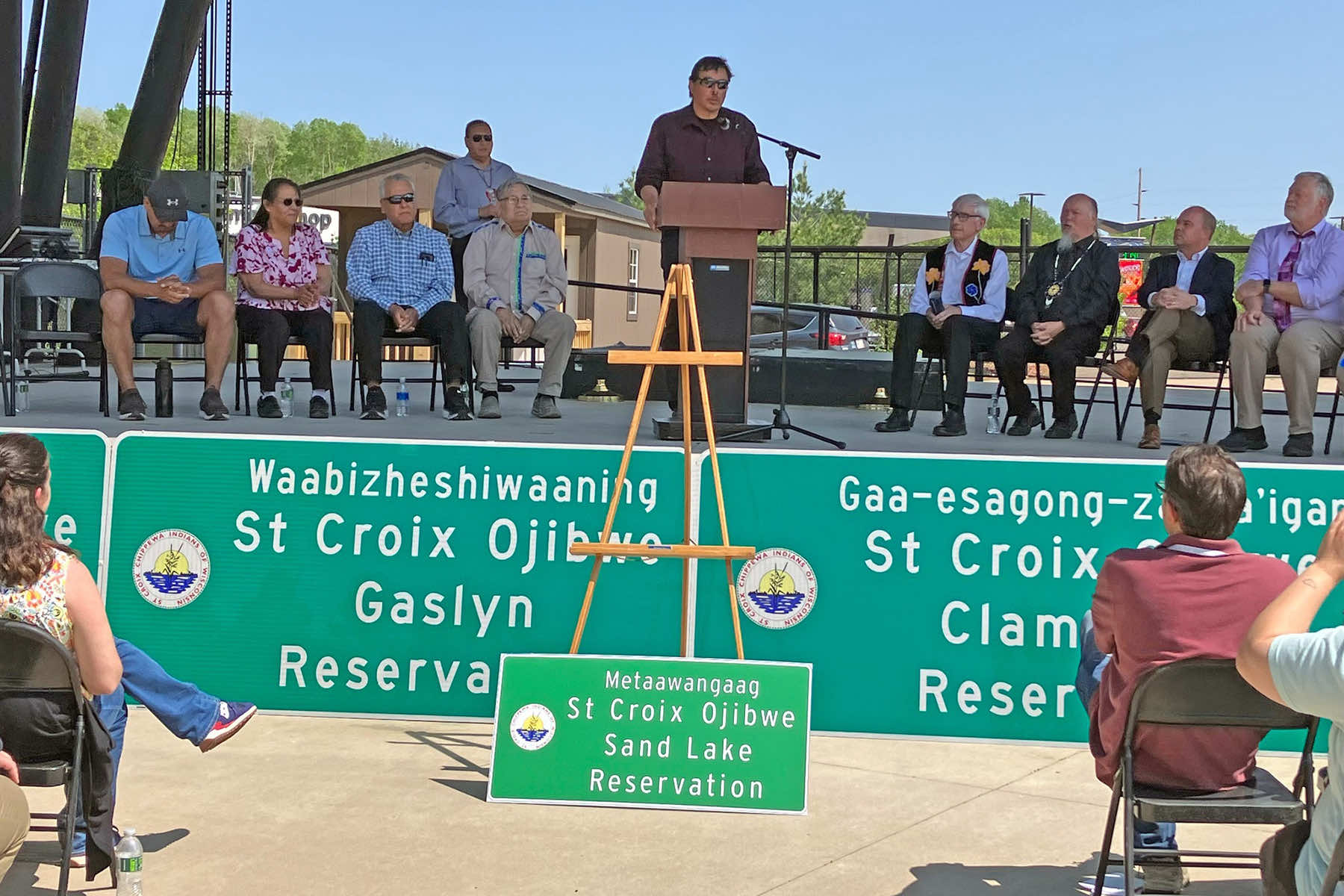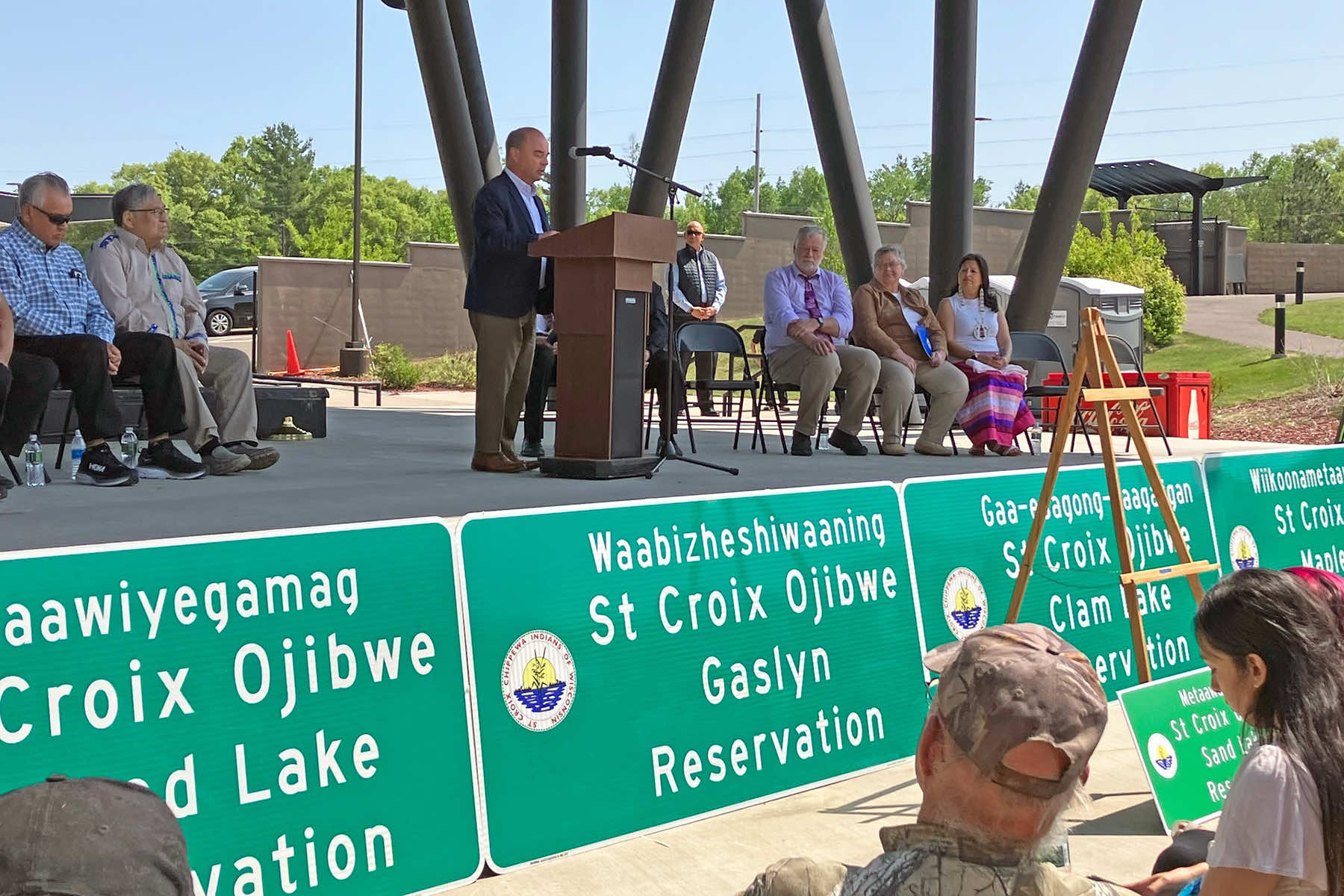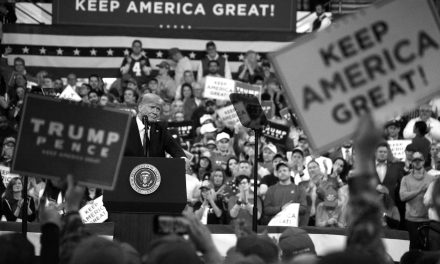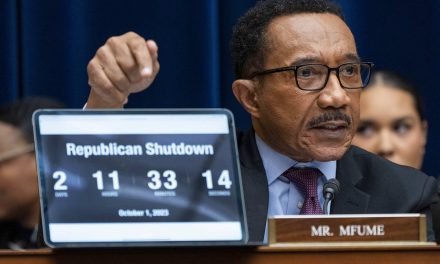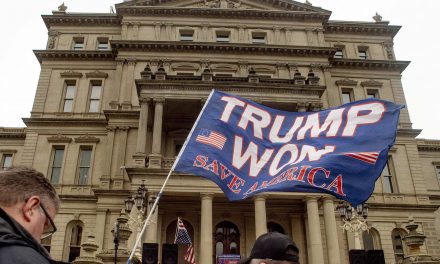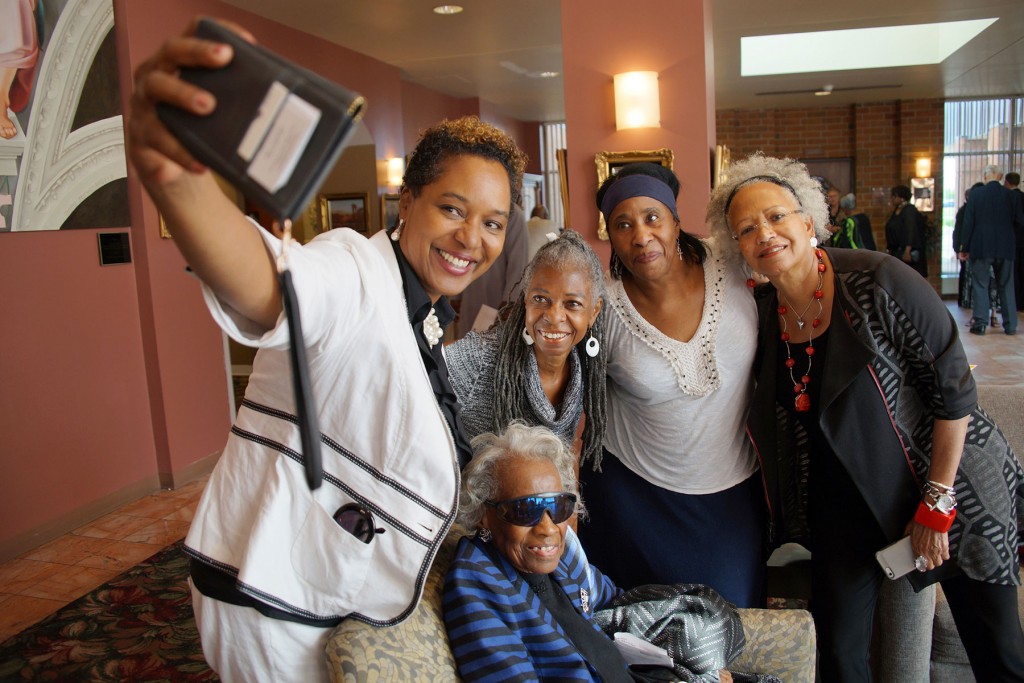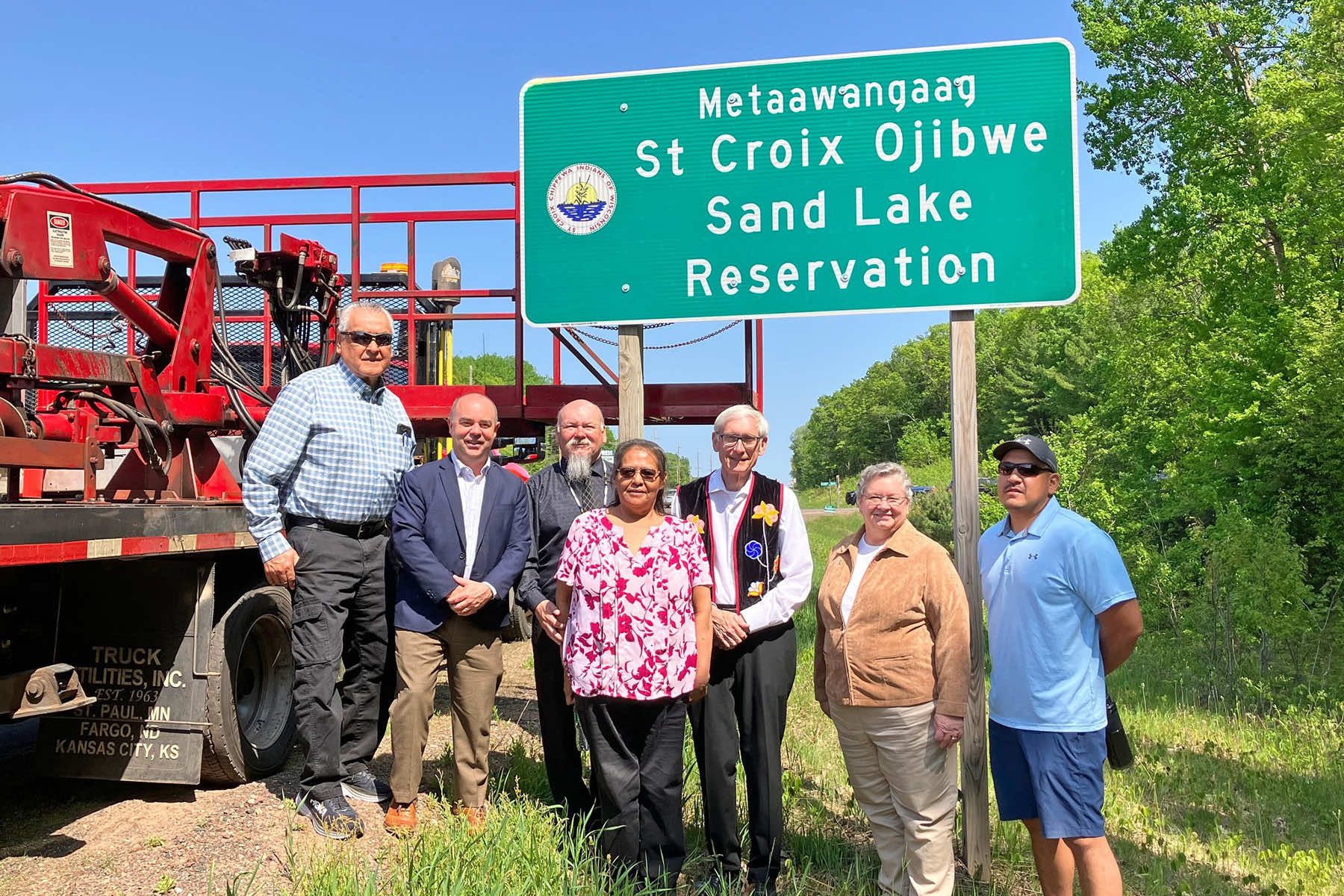
A few years back, Sage Brook Carbone was attending a powwow at the Mashantucket Western Pequot reservation in Connecticut when she noticed signs in the Pequot language.
Carbone, a citizen of the Northern Narragansett Indian Tribe of Rhode Island, thought back to Cambridge, Massachusetts, where she has lived for much of her life. She never saw any street signs honoring Native Americans, nor any featuring Indigenous languages.
She submitted to city officials the idea of adding Native American translations to city street signs. Residents approved her plan and will install about 70 signs featuring the language of the Massachusett Tribe, which English settlers encountered upon their arrival.
“What a great, universal way of teaching language,” she said of the project done in consultation with a member of the Massachusett Tribe and other Native Americans.
“We see multiple languages written almost everywhere, but not on municipal signage,” she said. “Living on a numbered street, I thought this is a great opportunity to include Native language with these basic terms that we’re all familiar with around the city.”
Carbone has joined a growing push around the country to use Indigenous translations on signs to raise awareness about Native American communities. It also is way to revive some Native American languages, highlight a tribe’s sovereignty as well as open the door for wider debates on land rights, discrimination and Indigenous representation in the political process.
“We have a moment where there is a search for some reconciliation and justice around Indigenous issues,” said Darren Ranco, chair of Native American Programs at the University of Maine and a citizen of the Penobscot Nation. “The signs represent that, but by no means is that the end point around these issues. My concern is that people will think that putting up signs solves the problem, when in fact, it’s the beginning point to addressing deeper histories.”
At least six states have followed suit, including Iowa, New York, Minnesota, and Wisconsin.
Signs along U.S. Highway 30 in Iowa include the Meskwaki Nation’s own spelling of the tribe, Meskwakiinaki, near its settlement. In upstate New York, bilingual highway signs in the languages of the Seneca, Onondaga, and Tuscarora tribes border highways and their reservations.
In Wisconsin, six of the 11 federally recognized tribes in the state have installed dual language signs. Wisconsin is derived from the Menominee word Wēskōhsaeh, meaning “a good place” and the word Meskousing, which means “where it lies red” in Algonquian.
“Our partnerships with Wisconsin’s Native Nations are deeper than putting up highway signs,” WisDOT Secretary Craig Thompson said in a statement. “We are proud of the longstanding commitment to foster meaningful partnerships focused on our future by providing great care and consideration to our past.”
New dual-language signs for placement on state highways were installed in May of 2023. The new signs indicated the St. Croix Chippewa Indians of Wisconsin’s Tribal boundaries and communities in both the Ojibwe and English languages.
“I am proud to unveil these signs and celebrate the culture, heritage, and language of Ojibwe people,” Governor Tony Evers said. “I am grateful for the work between the Department of Transportation and the St. Croix Tribe to bring these dual-language signs to life. Together, we are fostering a stronger sense of connection, informing visitors of our shared history, and celebrating Tribal heritage.”
The new Tribal boundary signs also feature the St. Croix Tribal seal, next to the Tribe’s name in Ojibwe, “Metaawangaag.” Pronounced Meh-ta-wan-gog, Metaawangaag is the traditional name for the reservation, which means “sandy beach.” The English language version of the highway sign is located beneath the St. Croix Tribe version.
“Reversing the decline of our Ojibwe language has become one of Tribal Leadership’s most desired goals. The Tribe has been working diligently to revitalize our language through educational efforts, cultural ceremonies, historic preservation, and work assignments,” said St. Croix Chairman William Reynolds. “In the prioritization of dual language signage, we demonstrate our desire to both speak and understand Ojibwe and the pride we have in our language. It is our hope the dual-language signs will also encourage non-tribal people living near or passing through our communities to have a better and kinder understanding of who we are as traditional Anishinaabe people.”
Minnesota has put up signs in English and the Dakota or Ojibwe languages on roads and highways that traverse tribal lands, while the southeast Alaska community of Haines this summer erected stop, yield, ‘Children at Play’ and street name signs in both English and Tlingit.
Douglas Olerud, the mayor at the time, told the Juneau Empire it was healing for him after hearing for years from Tlingit elders that they were not allowed to use their language when sent to boarding schools.
“This is a great way to honor some of those people that have been working really hard to keep their traditions and keep the language alive, and hopefully they can have some small amount of healing from when they were robbed of the culture,” he said.
In New Mexico, the state transportation department has been working with tribes for years to include traditional names and artwork along highway overpasses. Travelers heading north from Santa Fe pass under multiple bridges with references to Pojoaque Pueblo in the community’s native language of Tewa.
There have also been local efforts in places like Bemidji, Minnesota, where Michael Meuers, a non-Native resident, started the Bemidji Ojibwe Language Project. Since 2009, more than 300 signs in English and Ojibwe have been put up across northern Minnesota, mostly on buildings, including schools. The signs can also be found in hospitals and businesses and are used broadly to spell out names of places and animals, identify things such as elevators, hospital departments, bear crossings — “MAKWA XING” — and food within a grocery store, and include translations for welcome, thank you and other phrases.
“Maybe it’s going to open up conversations so that we understand that we are all one people,” said Meuers, who worked for the Red Lake Nation for 29 years and started the project after seeing signs in Hawaiian on a visit to the state.
The University of Maine put up dual language signs around its main campus. The Native American Programs, in partnership with the Penobscot Nation, also launched a website where visitors can hear the words spoken by language master Gabe Paul, a Penobscot pronunciation guide.
“For me, and for many of our tribal citizens and descendants, it is a daily reminder that we are in our homeland and we should be “at home” at the university, even though it has felt for generations like it can be an unwelcome place,” Ranco said.
But not all efforts to provide dual language signs have gone well.
In New Zealand, the election of a conservative government in October has thrown into doubt efforts by transportation officials to start using road signs written in both English and the Indigenous Māori language.
Waka Kotahi, the New Zealand Transport Agency, earlier this year proposed making 94 road signs bilingual to promote the revitalization of the language.
But many conservatives have been irked by the increased use of Māori words by government agencies. Thousands wrote form submissions opposing the road sign plan, saying it could confuse or distract drivers.
The effort in Cambridge has been welcomed as part of what is called the participatory budgeting process, which allows residents to propose ideas on spending part of the budget. Carbone proposed the sign project and, together with a plan to make improvements to the African American Heritage Trail, it was approved by residents.
“I am so excited to see the final products and the initial run of these signs,” Carbone said. “When people traveling around Cambridge see them, they will feel the same way. It will be just different enough to be noticeable but not different enough that it would cause a stir.”
Carbone and others also hope the signs open a broader discussion of Native American concerns in the city, including representation in the city government, funding for Native American programs as well as efforts to ensure historical markers offer an accurate portrayal of Indigenous people.
When she first heard about the proposal, Sarah Burks, preservation planner at the Cambridge Historical Commission, acknowledged there were questions. Which signs would get the translations? How would translation be handled? Would this involve extensive research?
The translation on streets signs will be relatively easy for people to understand, she said, and inspire residents to “stop and think” about the Massachusett Tribe and to “recognize the diversity of people in our community.”
“It will be attention-grabbing in a good way,” she said of the signs, which are expected to go up early next year.

